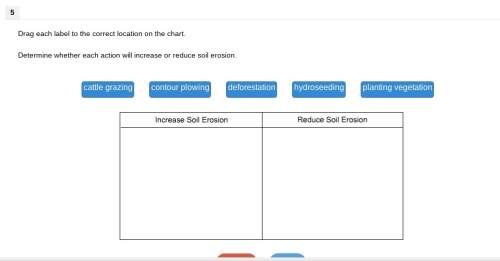
Directions
Now that the lab is complete, it is time to write your lab report. The purpose of this guide is to help you write a clear and concise report that summarizes the lab you have just completed.
The lab report is composed of four sections:
Section I: Experimental Overview
Provide background information.
Include the hypothesis(es).
Summarize the procedures.
Section II: Data and Observations
Summarize the data you collected in the lab guide.
Include information from data tables.
Include any written observations that are relevant.
Section III: Analysis and Discussion
Discuss any important calculations or formulas used.
Identify key results, what the results indicate, and any trends in the data.
Include graphs (if constructed) that display trends in the data.
Provide possible reasons for any problems with the experiment, or unexpected data.
Section IV: Conclusions
Identify if the hypothesis(es) was (were) supported or refuted.
Provide logical reasoning based on data.
Explain how the experiment could be improved.
To help you write your lab report, you will first answer the questions listed below by reflecting on the experiment you have just completed. Then you will use the answers to these questions to write the lab report that you will turn into your teacher.
You can upload your completed report with the upload tool in formats such as OpenOffice. org, Microsoft Word, or PDF. Alternatively, your teacher may ask you to turn in a paper copy of your report or use a web-based writing tool.
Questions
Section I: Experimental Overview
What is the purpose of the lab, the importance of the topic, and the question you are trying to answer? The purpose of this experiment is to describe main concept of the experimental design resources needs and its management of the field.
What is your hypothesis (or hypotheses) for this experiment?
What methods are you using to test this (or each) hypothesis?
Section II: Data and Observations
Locate the data and observations collected in your lab guide. What are the key results? How would you best summarize the data to relate your findings?
Do you have quantitative data (numerical results or calculations)? Do you have qualitative data (written observations and descriptions)? How can you organize this date for your report?
Section III: Analysis and Discussion
What do the key results indicate?
If you constructed graphs, what trends do they indicate in your data?
Were there any problems with the experiment or the methods? Did you have any surprising results?
Section IV: Conclusions
What do the results tell you about your hypothesis(es)?
How do the data support your claim above?
If you could repeat the experiment and make it better, what would you do differently and why?

Answers: 2


Another question on Biology

Biology, 22.06.2019 09:30
2. does the given statement describe a step in the transformation of the graph off(x) = x2 that would result in the graph of g(x) = -5x + 2)? a. the parent function is reflected across the x-axis. o yes nob. the parent function is stretched by a factor of 5. yes noonc. the parent function is translated 2 units up.o yes
Answers: 2



Biology, 22.06.2019 16:30
Which part of the spine is likely to cause a nerve signal to travel faster? a. backbones b. white matter c. nuclei d. gray matter
Answers: 2
You know the right answer?
Directions
Now that the lab is complete, it is time to write your lab report. The purpose of this g...
Questions

French, 28.08.2020 23:01

Mathematics, 28.08.2020 23:01


Physics, 28.08.2020 23:01

Mathematics, 28.08.2020 23:01

Mathematics, 28.08.2020 23:01




Mathematics, 28.08.2020 23:01

History, 28.08.2020 23:01

Mathematics, 28.08.2020 23:01

Mathematics, 28.08.2020 23:01


History, 28.08.2020 23:01

English, 28.08.2020 23:01


Mathematics, 28.08.2020 23:01





